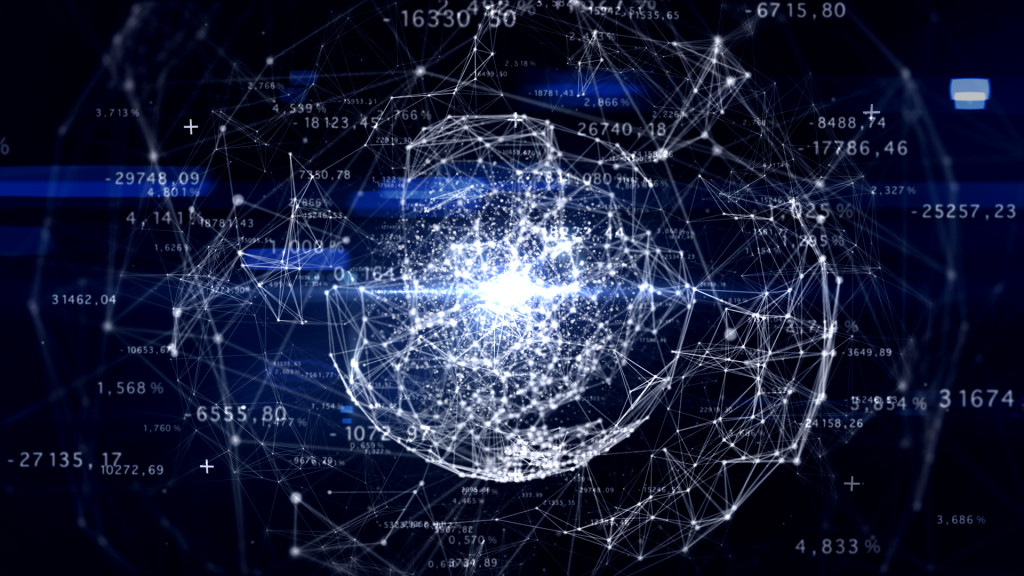The Internet of Things (IoT) is defined as “a proposed development of the Internet in which everyday objects have network connectivity, allowing them to send and receive data.” While our computers and smart phones are connected devices, the IoT refers to a system of objects that communicates with the manufacturer, user or other objects. Imagine, if you will, an alarm clock that tells the coffee maker to start each morning or a GPS that texts your friend to say that traffic is bad and you’re running late. That’s the IoT.
Why Is IoT Becoming So Popular?
Although the term IoT is used a lot these days, the technology has actually been utilized for decades—including ATMs as early as 1974. The biggest problem brands have faced in developing IoT devices, however, is the sheer amount of data to process. Cloud storage technology has made IoT more feasible, but not without its challenges. In 2013, for example, Virgin Airlines announced a fleet of connected Boeing 787 aircraft designed to detect mechanical failures and prevent tragedies before they happen. The price of having everything from wing flaps to luggage on the network is processing half a terabyte of data each flight.
Analyst firm Gartner predicts that by 2020 there will be over 26 billion connected devices. The IoT market is expected to grow to $151 billion by 2020, according to market researcher Research and Markets. That includes infrastructure, software, processors, sensors and other tech. The market is growing in part due to advances in technology, but also increasing areas of global internet accessibility.
How Brands Are Using IoT
Rolls-Royce recently partnered with Microsoft to integrate its Azure IoT Suite and Cortana Intelligence Suite into its next generation of Rolls-Royce intelligent engines.
Farmer’s Insurance is reportedly looking into IoT technology that will alert the driver if their vehicle was hit while they weren’t around, say by a shopping cart.
UPS uses IoT sensors on its fleet to monitor mileage, optimum speed and overall engine health.
Some John Deere tractors can tell a user the best time to plant or when it’s time to irrigate the soil.
Last year, Johnnie Walker announced an upcoming line of Blue Label whisky “smart bottles” that will know when it has been opened and communicate messages to the drinker through a phone app.
Disney World uses MagicBand, a wearable wristband containing RFID tags, to track visitor movements and analyze which areas are most popular. Disney World visitors can check in to the park, buy food, and gain FastPass on rides by tapping the band on their receivers.
It seems that just about anything could be connected via the internet, even a Met Gala dress. Connecting a product to the IoT can offer both the user and manufacturer valuable feedback on how the item is used or when it’s time for an upgrade. An item that “gets” the customer is a brand, product and marketing strategy all in one. How brands utilize IoT is limited only to the imagination, data processing capabilities and, of course, security precautions.
From Google’s self-driving cars to connected Atari devices, the world, it seems, is ready for IoT.

